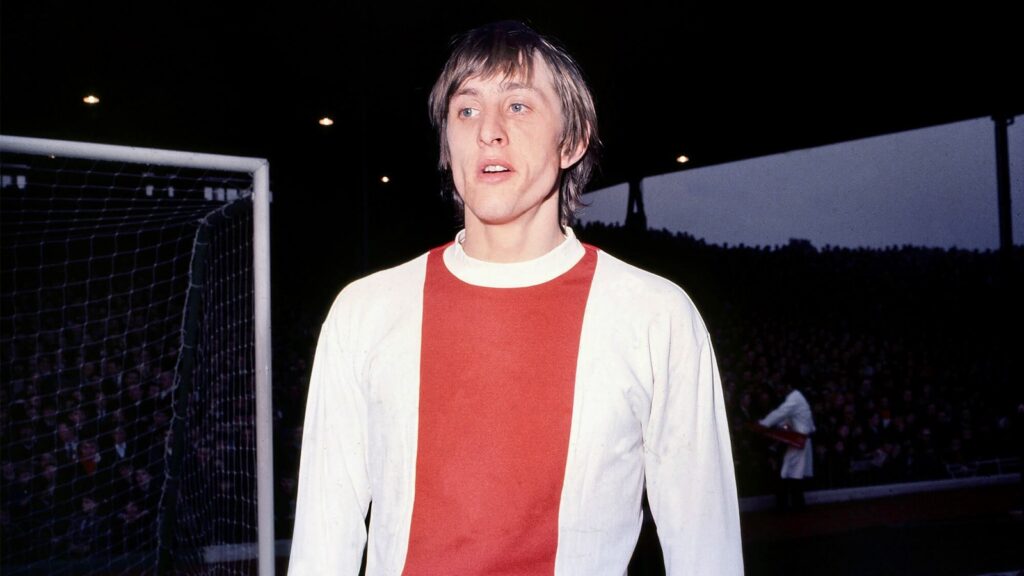Football is far beyond goals and trophies – it is also about preparing for the future. And the future begins at an academy in football. These arenas of training facilitate the best intangibles for the next best players in the world. They also help them in developing technically, discipline, tactical knowledge and personality development. Though there are hundreds of academies across the globe, some academies have attained the status of a cult. These academies foster peculiar talent year after and again. Here are six such elite football academies that keep churning stars for club and country.
1. La Masia (FC Barcelona – Spain)
Notable Players Developed:
Lionel Messi, Xavi Hernández, Andrés Iniesta, Sergio Busquets, Gerard Piqué, Lamine Yamal
Philosophy:
La Masia is, perhaps, the most famous football academy in the world. Located in Barcelona, it emphasizes technical accuracy, possession, and ‘tiki-taka’ play. From the ages of around 10 to about 18, youngsters are taught to work as a team, to move for the ball, and to seek possession. The academy produces complete footballers who are smart on the pitch, disciplined and team-oriented.
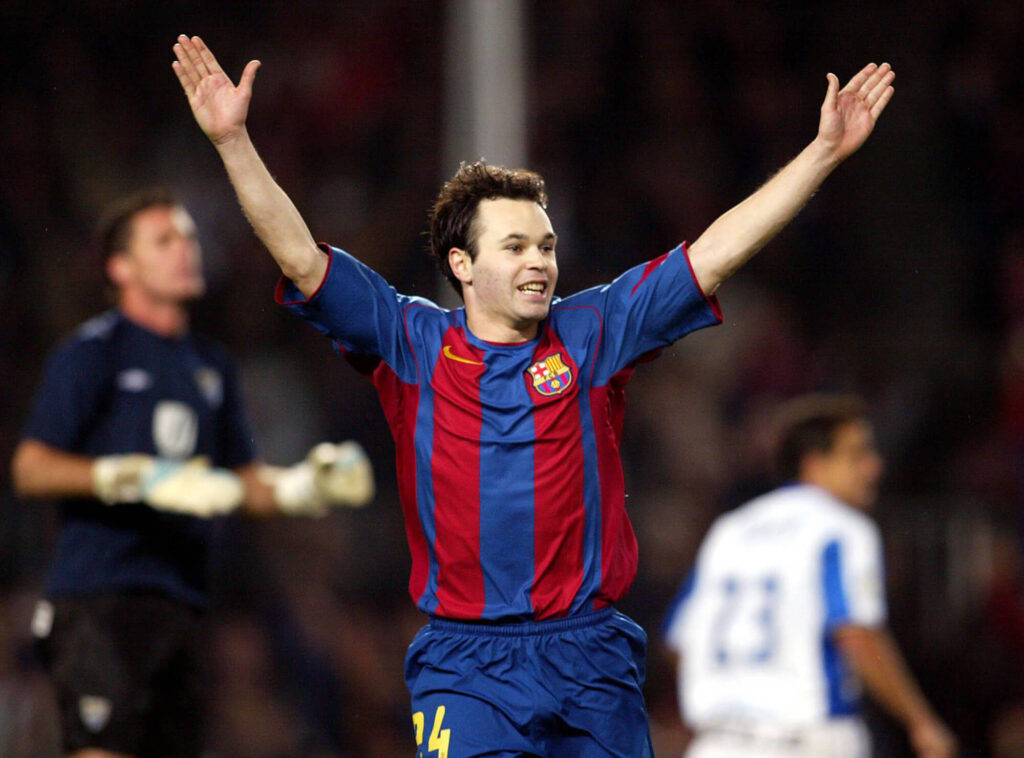
How They Maintain Quality:
La Masia maintains the quality by ensuring a close harmony of its youth levels with the first team’s philosophy. Coaches, at all different age levels, bring in a certain style of play that is followed. Young talents are gradually showcased in Barcelona B and then promoted to the first team, allowing for smooth adaptation. Education is also another key area in the academy. They give equal importance to academics, behavior, and character development along with football.
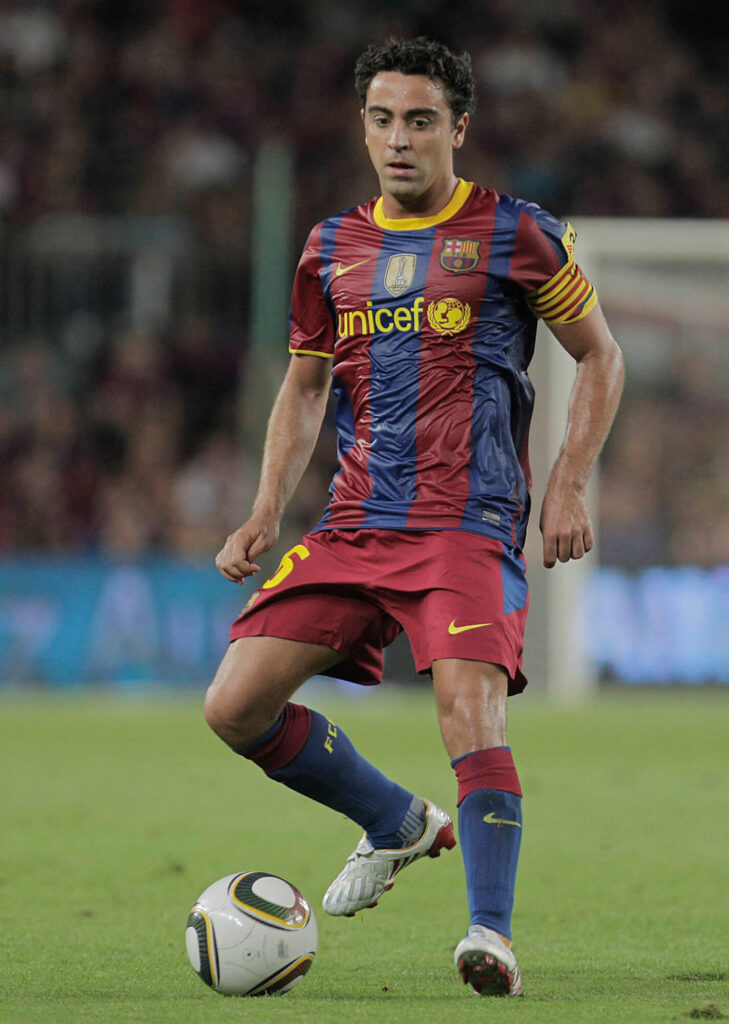
2. Ajax Youth Academy (De Toekomst – Netherlands)
Notable Players Developed:
Johan Cruyff, Marco van Basten, Dennis Bergkamp, Wesley Sneijder, Matthijs de Ligt, Frenkie de Jong
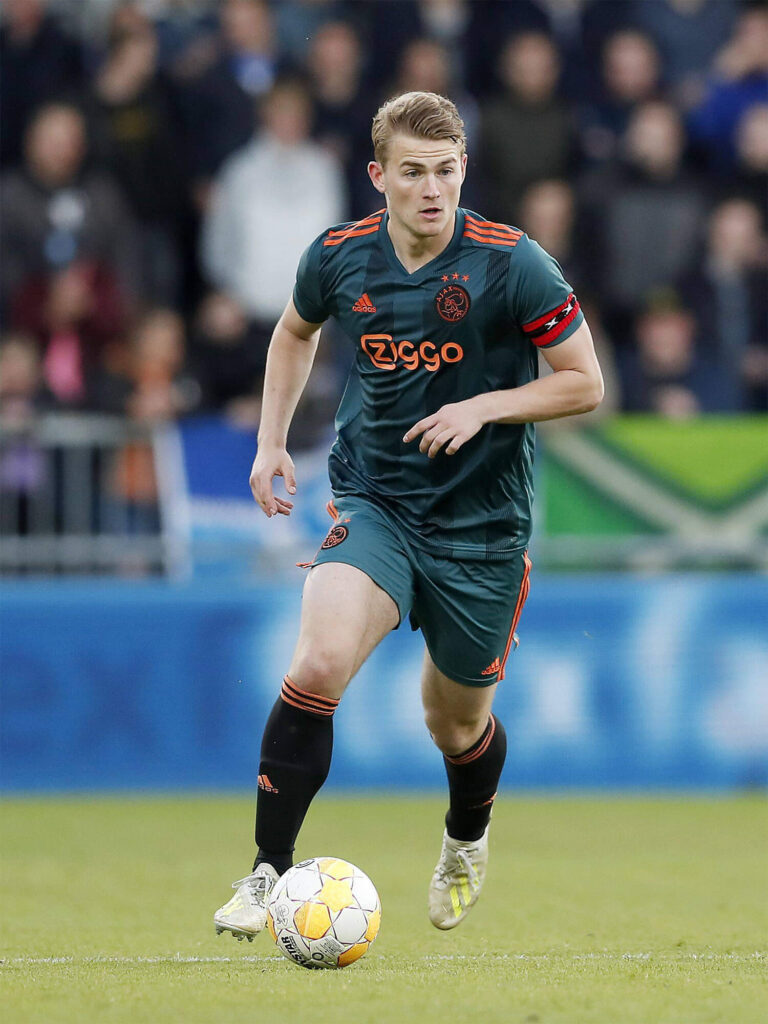
Philosophy:
Ajax’s academy, known as De Toekomst (“The Future”), is embodying total football. In Dutch tradition, players were intelligent and versatile. Ajax follows the same in teaching its youth to develop multi-functionality. Every player should have an understanding of the complete game, irrespective of playing in attacking or defensive areas. Technical skill, vision, and tactical versatility are the critical elements.
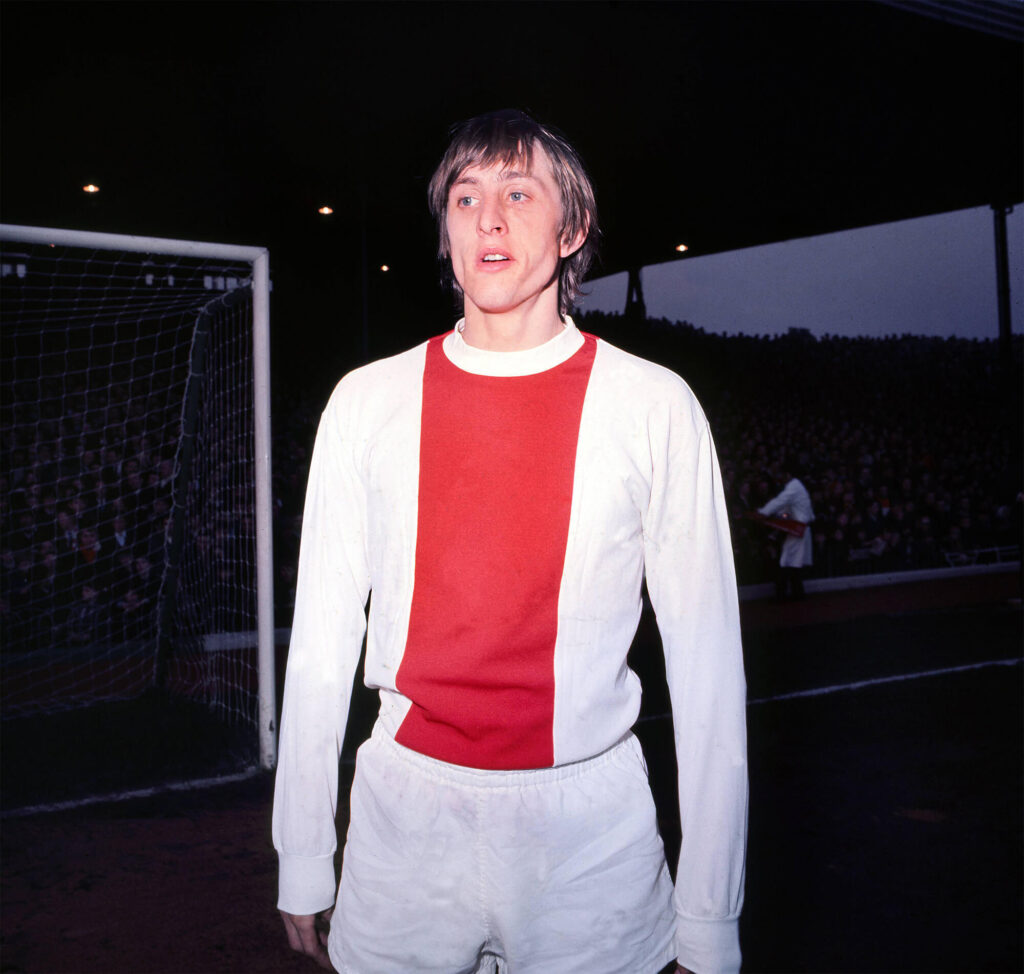
How They Maintain Quality:
Ajax works on an ordered pathway from youth to first teams. There is a strong emphasis on scouting children from the age of 7 or 8. All age groups have particular technical objectives assigned to them, hence raising the bar by internal matches and assessments on a regular basis. They do not hesitate to sell their top stars whenever and replace them with academy graduates, hence creating real motivation for youngsters.
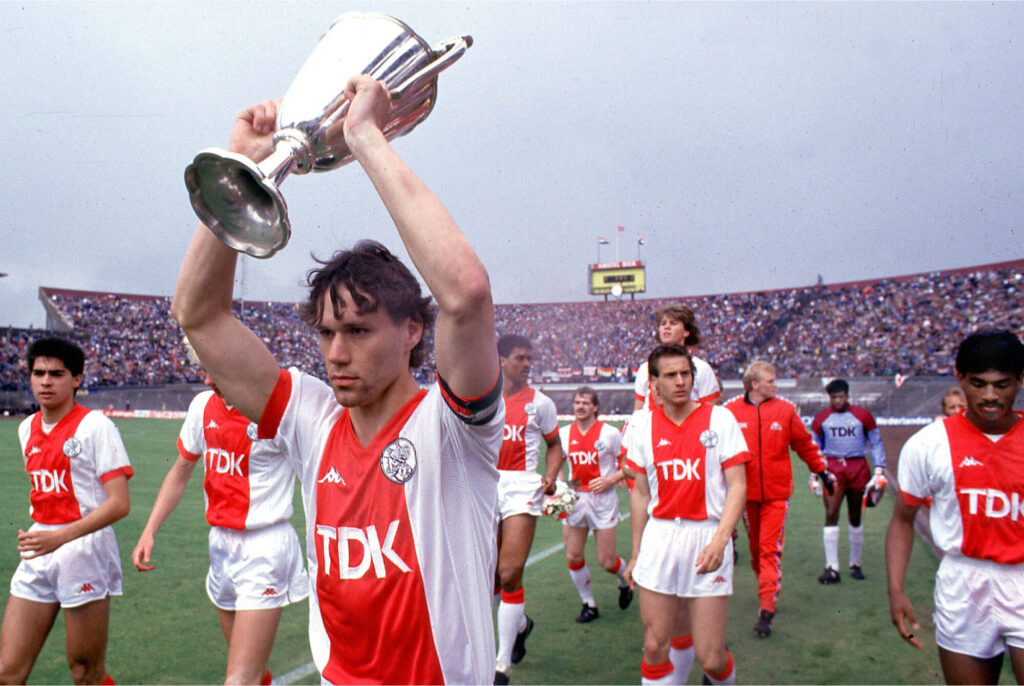
3. Santos FC Academy (Brazil)
Notable Players Developed:
Pelé, Neymar Jr., Robinho, Rodrygo Goes, Cesar Sampaio
Philosophy:
Santos FC’s academy is built on the Brazilian love for flair, dribbling, and creativity. It places a high value on individual skill, freedom of expression, and attacking football. Young players are encouraged to enjoy the game while developing quick feet, close control and natural scoring ability.
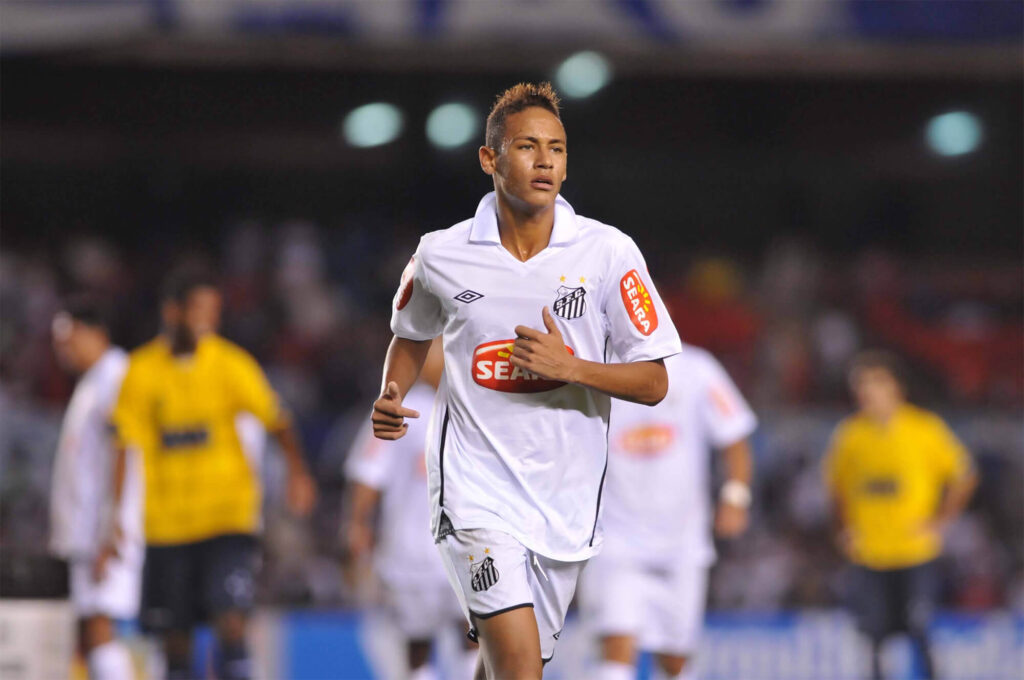
How They Maintain Quality:
Santos focuses heavily on regional scouting and grassroots engagement in São Paulo and surrounding areas. The club invests in early identification and provides housing, schooling and medical support to its academy kids. Their constant connection to Brazil’s vibrant street football culture gives them access to a never-ending pool of raw talent.
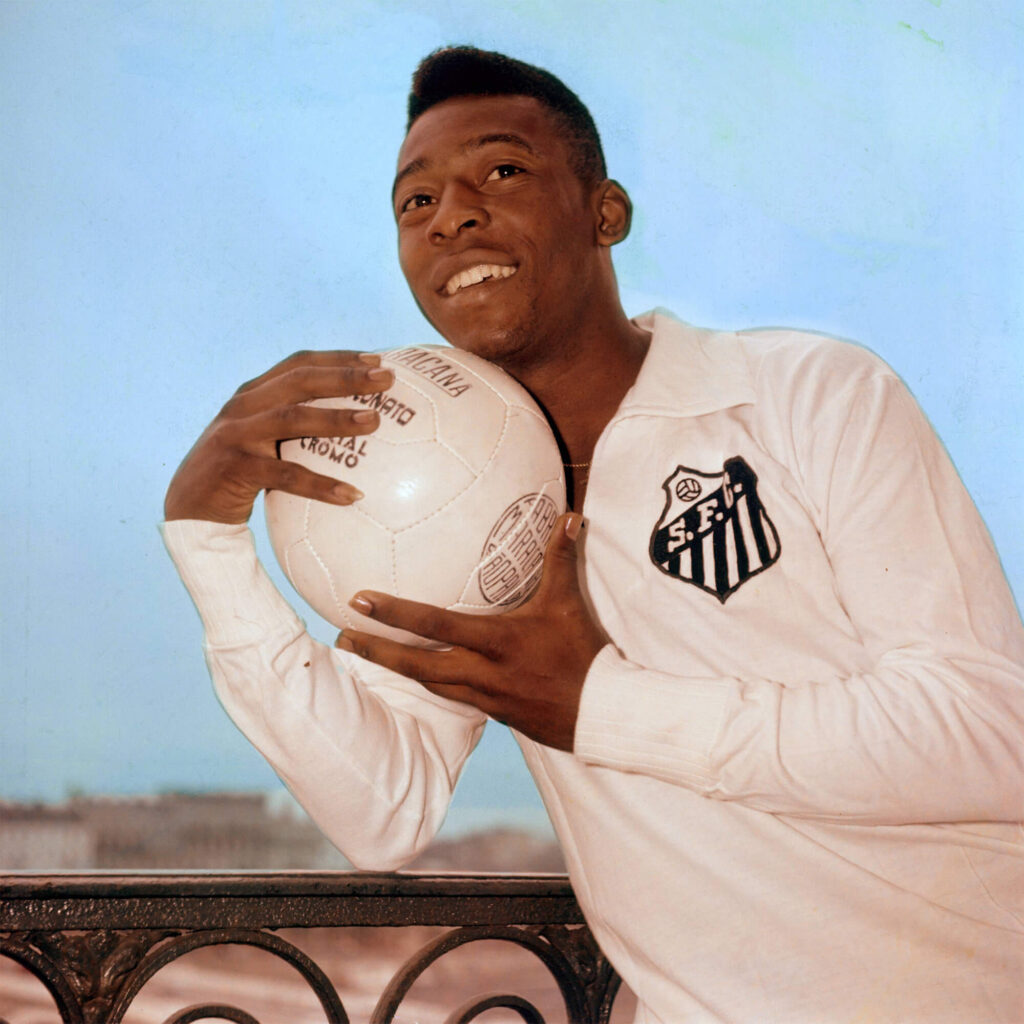
4. Dinamo Zagreb Academy (Croatia)
Notable Players Developed:
Luka Modrić, Mateo Kovačić, Dejan Lovren, Josko Gvardiol, Marcelo Brozović
Philosophy:
Dinamo Zagreb’s academy is one of Europe’s most underrated talent factories. It focuses on producing technically strong, mentally tough, and tactically aware players. With limited financial resources, the club relies heavily on youth development as its primary business model.
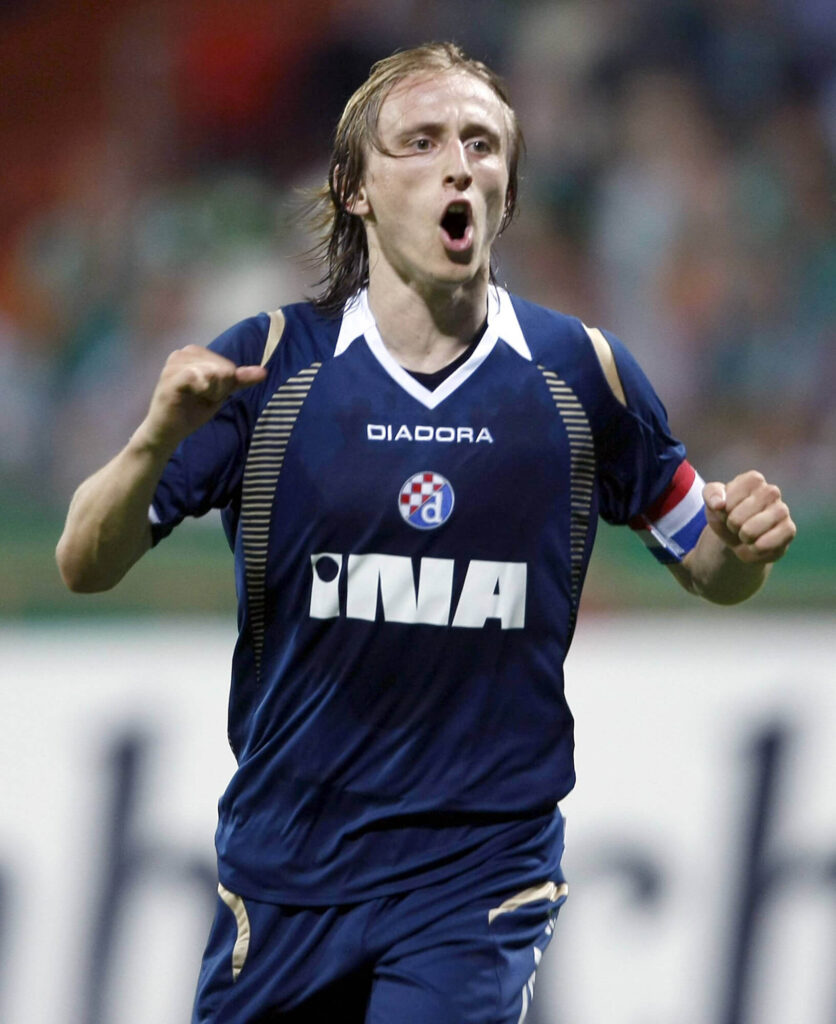
How They Maintain Quality:
Dinamo scouts extensively across the Balkans, giving them access to a rich pool of competitive, gritty young players. Training emphasizes both technique and character. Their U-19 team competes regularly in the UEFA Youth League, giving exposure to top-level competition. The club is also smart in selling players to European giants, reinvesting proceeds back into its youth setup.
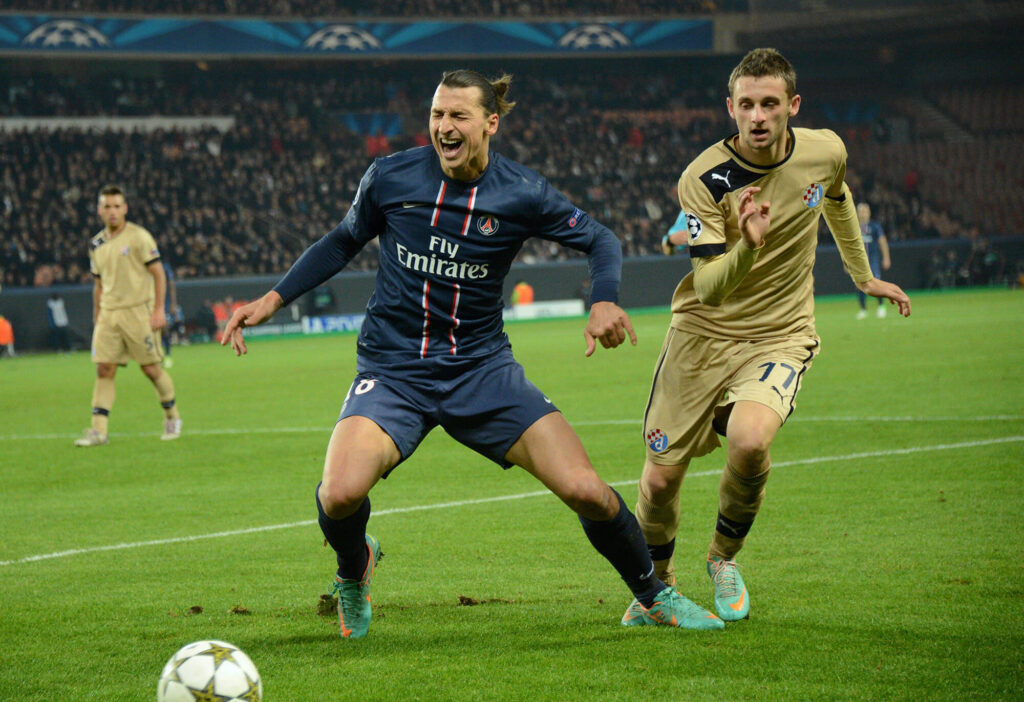
5. Bayern Munich Jugend (Germany)
Notable Players Developed:
Philipp Lahm, Thomas Müller, Bastian Schweinsteiger, David Alaba, Jamal Musiala (joined at U16)
Philosophy:
Bayern’s youth system focuses on creating intelligent, physically fit and tactically strong players who can handle the pressure of top-level football. German efficiency runs through the core of their training system. The focus is not just on skill, but also on mental preparation, game intelligence, and positional discipline.
How They Maintain Quality:
Bayern invests heavily in facilities, coaching staff, and data-driven training methods. They offer a clear progression path from U14 through U23. The club’s second team competes in Germany’s lower divisions, offering young players competitive matches early. Bayern also collaborates with local clubs across Bavaria, ensuring early talent is spotted and nurtured in the right environment.
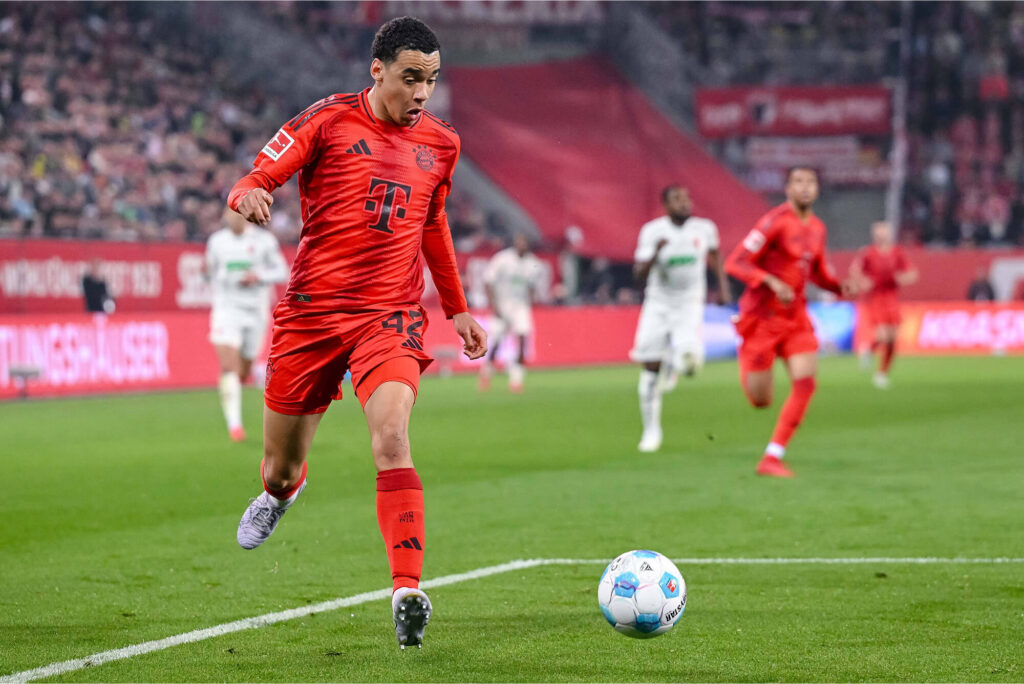
6. Sporting CP Academy (Portugal)
Notable Players Developed:
Cristiano Ronaldo, Luís Figo, Ricardo Quaresma, João Moutinho, Rafael Leão
Philosophy:
Sporting’s famed Alcochete Academy is known for combining athleticism with technical mastery. They place strong emphasis on ball control, game reading, and personal development. The idea is to make each player complete. Not just technically skilled, but also mentally sharp and physically prepared.
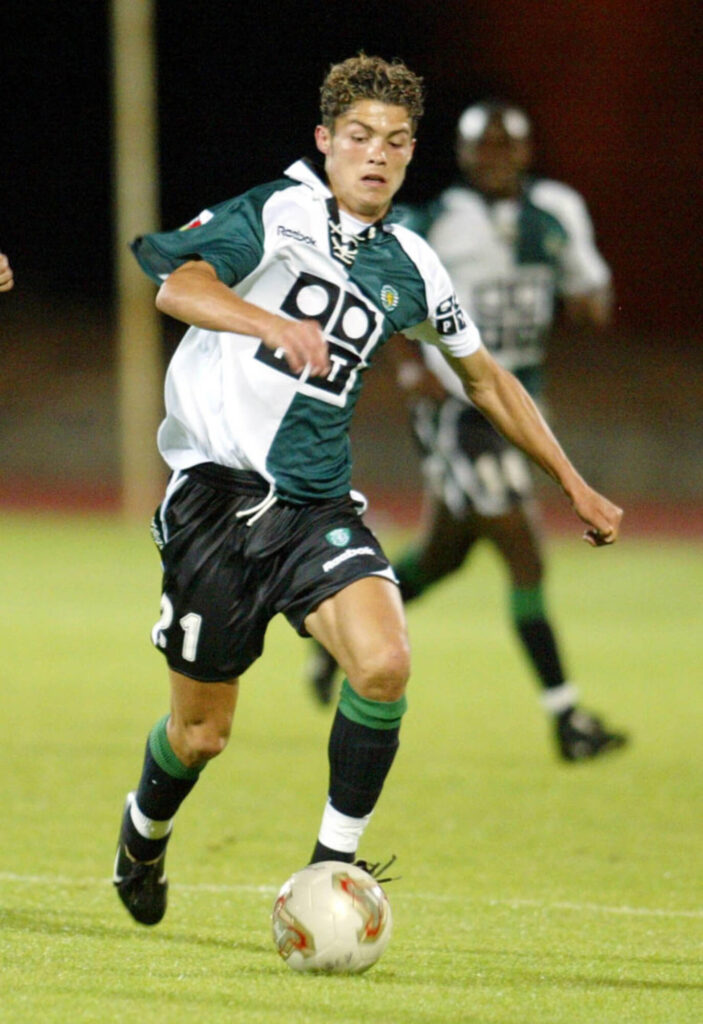
How They Maintain Quality:
Sporting invests deeply in coaching quality and physical infrastructure. The club has built one of Europe’s best training complexes and pairs football training with academic education. Players are taught tactical systems from a young age and regularly monitored through performance reviews. The club’s ability to consistently sell talent to bigger European clubs helps fund and expand the academy.

Shaping the Future of Football
Each of these academies represents a different footballing philosophy shaped by cultural, tactical and regional influences. Despite their differences, they all share one thing in common – a relentless focus on quality development, long-term vision, and a clear pathway to professional football. These academies not only shape great footballers but also help shape football itself, one generation at a time.
As the game continues to evolve, so will the academies – but their role as the cradle of stars will always remain vital.
